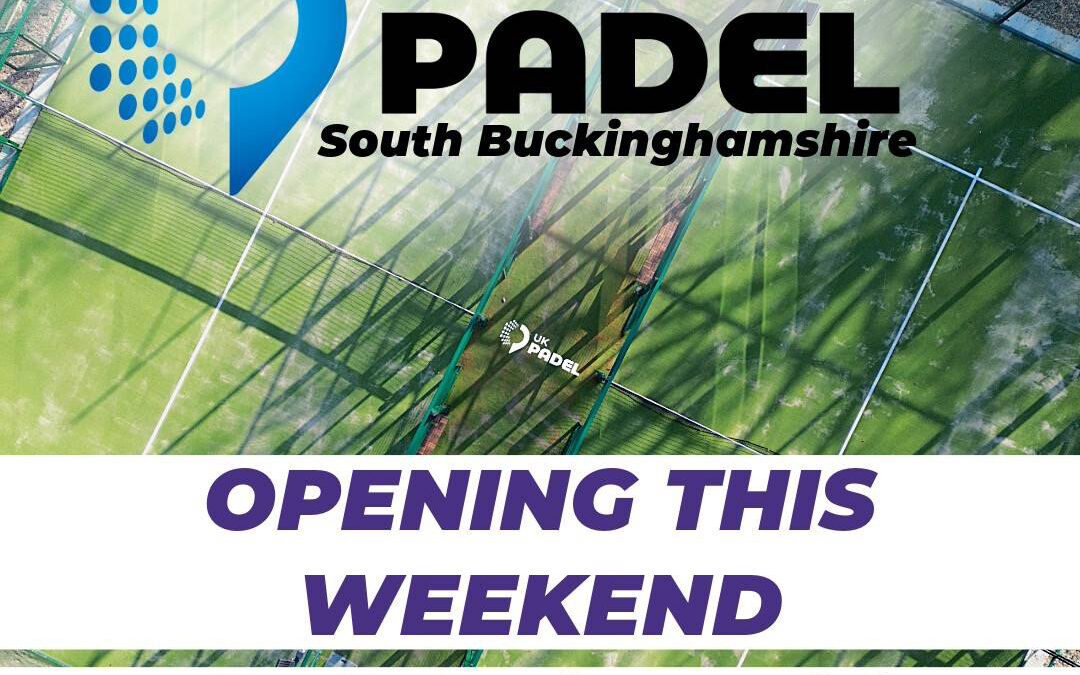In this first instalment of the Padel Smash Series I will be talking about a shot of particular intrigue—the “Vibora“. An aggressive overhead smash named after the Spanish word for “snake“, the Vibora offers players a potent weapon on the padel court. In this article, we will dissect the Vibora, examining its mechanics, strategies, and how it may be different to other padel smashes.
The Anatomy of a Vibora
I have heard that it is called the “snake” for many reasons. Because of the way the preparation looks with your arms in the air, the fact that you’re imparting venomous sidespin onto the ball, or because of the way the spin makes the ball curl up in the corner, like a snake would. Either way, we will need goo technique to execute the shot well.
Key technical elements of the Vibora include:
- Grip and Stance
The Continental grip provides the versatility needed for precision and to generate the sidespin. A slightly open stance, with the non-dominant shoulder towards the net, grants reach and control over the shot.
- Contact Point
Contact should be made just above head height. Making contact too high or too low may lead to diminished effectiveness. Striking the ball at three o’clock on the ball when it is just above eye-level optimizes spin and trajectory.
- The Power of Side Spin
The Vibora is characterized by its lateral spin. This is created by snapping the wrist at contact at 3 o’clock on the ball to generate the sidespin. I compare it to a slice out-wide serve in tennis. This strategic element causes the ball to hug the walls, making it challenging for opponents to return.
- Depth, Height, and Spin
The Vibora thrives on depth, low height, and spin, rather than sheer speed. It need not be the fastest shot to inflict damage, but it demands precision and tactical acumen.
Strategic Elements of the Vibora
You should hit the Vibora when you are balanced, lined up under the ball correctly, and are in an appropriate court position not too far back near the service line.
The main areas to aim a Vibora are at your opponents feet in the hopes that they let it go off the back glass and get undone by the spin and the side glass to get the ball to behave otherwise to what your opponents expect.
Unpredictable Bounces
Targeting the back glass, the Vibora sends the ball careening off the back wall, often making contact with the side wall at the fence. This unpredictability leaves opponents scrambling to react. If you take a risk and can get it to hit the side glassfirst, you will surely bamboozle your opponents.
Disrupting Defence
Well-placed Viboras disrupt defensive positions, landing where a defender’s feet would naturally stand. This strategic advantage forces opponents into awkward positions, making it harder to counter.
How is a vibora different from a bandeja?
A Vibora is characterized by its side spin, while a Bandeja employs backspin or slice. The Vibora, with its wristy, chop-like action, demands precise timing, making it a more aggressive shot compared to the Bandeja.
Elevate Your Padel Game with the Vibora
The Vibora, an aggressive aerial shot with venomous side spin, is a great tool to have in your padel toolbox. Understanding its mechanics and using it strategically can be a game-changer on the court. Through practice and time on court, players can use the Vibora to leave opponents struggling on defence. But it is a risky shot – your opponents may be able to counterattack if you do not hit it effectively.
So jump on the UK Padel APP, find a Club Session, Coaching Session or an Open Match and experiment with this dynamic shot, and watch as your game reaches new levels with the Vibora!
Stay tuned for next week’s edition of the Padel Smash Series.
See you on court!
Coach Jared
















0 Comments